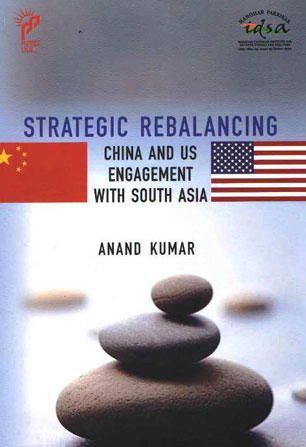Beyond the Rhetoric of Trilateral Cooperation
Over the past few years, ‘trilateral economic cooperation’ and ‘vibrant bridge’ have become buzzwords in Nepal’s foreign policy discourse, and have also caught the popular imagination at home in India. These proposals have generated both curiosity and anxiety in Delhi’s diplomatic and academic circles that are otherwise largely indifferent to Nepal. The Chinese diplomats in Delhi also raising the issue with the Indian officials has added to India’s anxiety all the more. With some notable exceptions (e.g., C.
- Post Bahadur Basnet
- September 2013
















